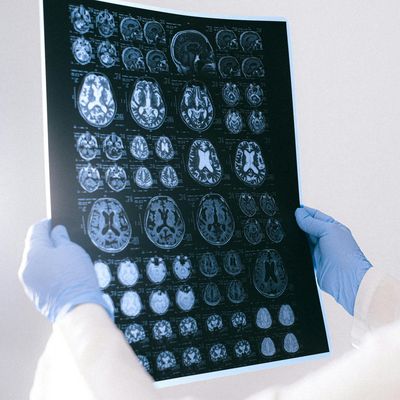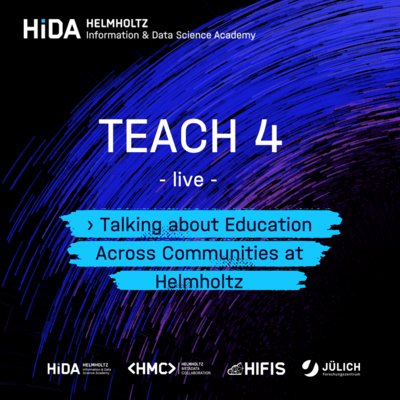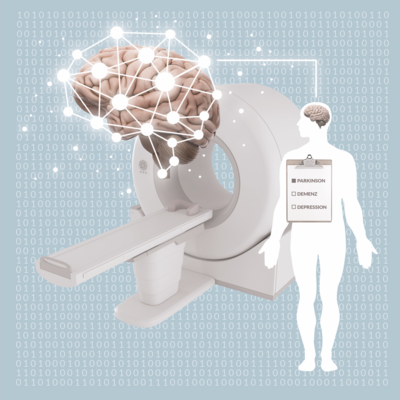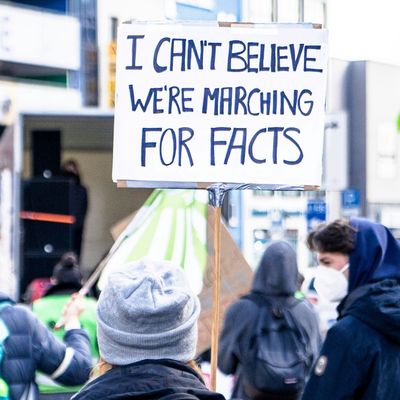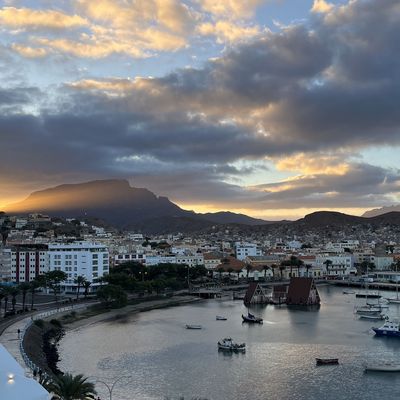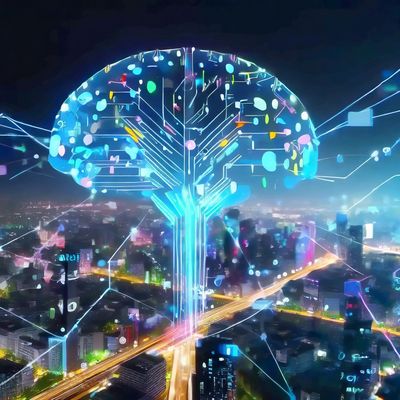“We are at the beginning of a marathon”
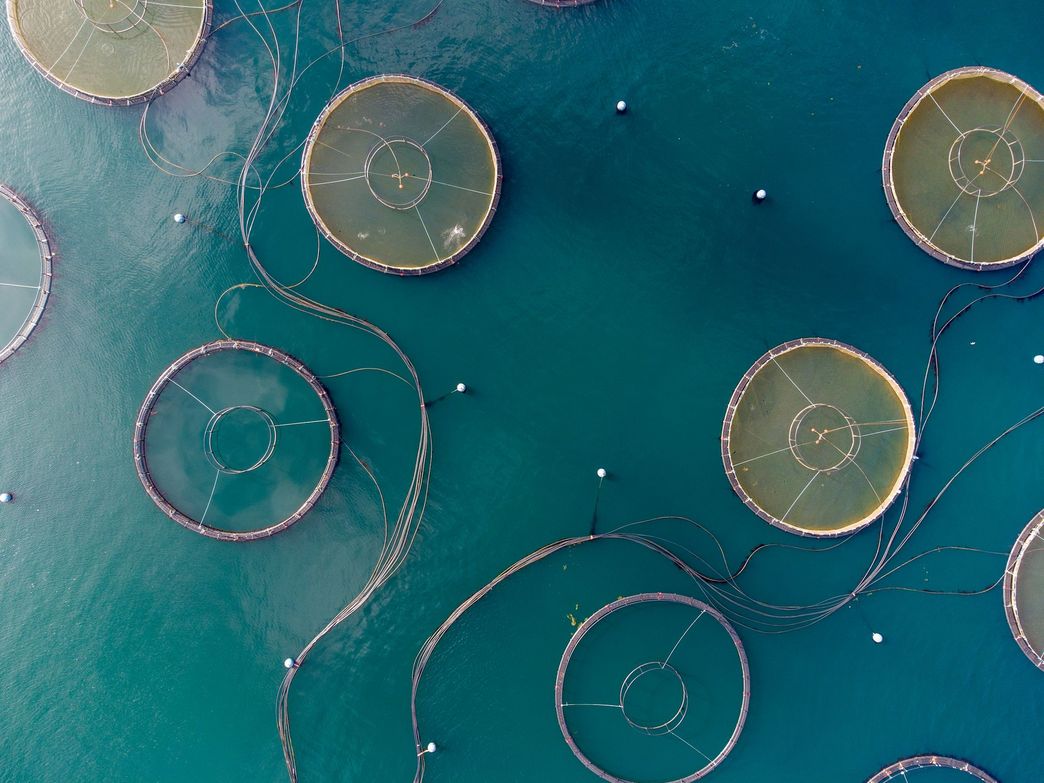
Protecting and making use of the world’s seas requires an ever-growing number of data scientists. This means excellent career opportunities for graduates of MarDATA, says Jann Wendt, CEO at cloud specialists north.io.
One of the areas your company north.io works in is clearing old war munitions in the seas. You create maps showing where unexploded ordnance is still located. Why do you need data science for this?
There are still 1.6 million tons of munitions in the North Sea and the Baltic Sea, primarily from World War II. That’s equivalent to a train measuring 2,500 kilometers in length. To find these munitions, we have to process extremely large volumes of different types of data. This might include data from written historical documents listing what was sunk and detonated where and when, optical data from underwater robots, or sonar data. None of this would be possible without data science and AI.
It’s more than 75 years since World War II now. Why is it still important to uncover these mines and bombs?
The impact of corrosion on the ordnance increases over time, and many of them are rusted through. More and more toxic substances are leaking out of them and into the sea as a result. Measurements show that concentrations of explosives are increasing in many places in the ocean. This is harmful to plant and animal life, and residues are being measured in minute quantities even in fish fillets. At the same time, it’s becoming increasingly difficult to detect the munitions with magnetic sensors the more the casings disintegrate. So, we have to use autonomous systems to work really efficiently now.
How does the search process work?
We have a lot of different sensors that are used to collect data from the seabed. These sensors can either perform an acoustic scan of the sea floor or penetrate into the sediment. Multibeam data give us information relating to the surface of the sea floor that is now so detailed we can detect even the smallest objects. Magnetic systems measure the deviations in the Earth’s magnetic field, and the data this generates help uncover ordnance buried deep in the sediment. But it’s still like looking for a needle in a haystack. We’ve only surveyed a fraction of the sea floor so far because none of these systems have been around for very long. And our work wouldn’t be progressing fast enough if it weren’t for artificial intelligence and data science methods that systematize, classify, and analyze these data.
The ocean is a highly complex and dynamic environment that you need to understand in order to be able to assess why a particular image looks the way it does and what data can tell us.
Jann Wendt

Our interview partner Jann Wendt
Jann Wendt
Jann Wendt is an environmental geographer, founder and entrepreneur from Kiel. In his studies, he focused on earth exploration with the help of satellites. With his company north.io, Wendt develops software solutions that decode the world in geodata. With digital solutions, north.io supports authorities and companies that are looking for answers on land and at sea to the impending climate crisis and the responsible use of the oceans and land masses. North.io has 70 employees and associates. Wendt also initiated numerous projects on climate protection and digital transformation with the German Federal Ministry of Economics and Climate Protection, Geomar in Kiel and Fraunhofer institutes.

Where do you use marine data scientists in this process?
They analyze the data. Marine data are highly complex, and the information you can acquire from them is very specific. This means we need experts whose training covers knowledge in the marine sector as well as expertise in the data sciences. The ocean is a highly complex and dynamic environment that you need to understand in order to be able to assess why a particular image looks the way it does, for example, and what data can tell us. We have to consider whether the data are even good enough to help us find munitions.
In what other areas of the maritime economy can MarDATA graduates use their qualifications?
The energy transition has become much more urgent due to the climate crisis and the war in Ukraine, forcing the expansion of offshore wind power around the world. This is another area where we need workers who are equally comfortable in both data science and the marine sciences. Our targets now are to expand capacity by hundreds of gigawatts worldwide. Individual wind park projects are being refined to create high-efficiency processes. This is generating a host of career opportunities for graduates at MarDATA.
Exactly what role do data scientists play in expanding offshore capacity?
It ranges from the planning phase for a wind farm, to analyzing drill cores to identify suitable locations for the turbines, to operating wind power efficiently, through to dismantling offshore wind farms. A huge and very exciting industry is developing around them. Data pros with a knowledge of maritime conditions are also urgently needed because maritime industries have relatively little experience so far in how they can put data science to best use.
Why is that so?
This domain just hasn’t really been on the radar for companies like Google and Amazon to date, and they haven’t invested money in researching this field to find out what you can do with data here. Academia and SMEs have been the only ones looking at this so far. They are building the new models for sensor systems and developing AI and algorithms that evaluate datasets. But sooner or later, the big players will have an important role to play. They just have to discover this blue economy—as we call the maritime economy—and the relevance it has for their business models first.
What kind of potential do you think this economy has to offer?
One example is expanding a systematic data infrastructure. Right now, measurement data are generally only used to answer a single question. So, I have a specific question, travel to the relevant location with a ship, take the measurements, and then evaluate the data to find an answer to my question. But this dataset could probably be used to also answer twenty or thirty other questions—if it’s analyzed in a smart way and stakeholders with other questions know that the dataset exists. This requires a maritime data ecosystem, which would also be extremely useful from a financial perspective...
... because collecting marine data is extremely time consuming and expensive?
Exactly. After all, I can’t just bolt sensors onto a production system or set up a measuring device somewhere outdoors. I have to charter a ship and need expensive underwater sensors and specialist personnel who can operate it all. Collecting magnetic data, for example, means that a ship has to pull a 20-meter-wide frame full of measuring equipment behind it. You can imagine how many passes you have to make to map a certain area of the sea. It’s slowly becoming apparent now that a blue economy will have companies that run specific areas of autonomous systems and offer them on a marketplace. Ten years ago, there were hardly any systems that could independently collect data in the water. During a voyage these days, a number of autonomous systems are sent out at the same time—small systems similar to torpedoes that automatically collect data. Using automation in this way will soon make it possible to acquire much more data for much less money. You’ll be able to get data off the shelf, so to speak.
The data sciences can help us gain a better understanding of how these processes take place in our oceans and how people can use them to overcome the problems we’ll face in the future.
Jann Wendt
You developed the TrueOcean SaaS platform technology with this goal in mind and coordinate MariSpaceX, a joint project. The team on that project is already working on setting up a data infrastructure that other companies could use.
Yes, TrueOcean is a platform technology that came about during a joint research project with Geomar. We are supporting it by building a cloud-based platform technology for marine data—without a specific focus on munitions. Our aim in doing this is to make marine data more democratic. We are making the platform technology, data, and algorithms available to other companies for a fee.
What other fields do you think data scientists with marine expertise could work in?
Marine ecology and adapting to climate change are topics that will be very important in the future. One example is carbon storage: How can we optimize the potential oceans offer as a carbon sink? Or reducing carbon: How can we make the shipping industry more efficient? And producing food is another important area: How can we tap into aquacultures and the protein sources the seas offer more effectively? The data sciences can help us gain a better understanding of how these processes take place in our oceans and how people can use them to overcome the problems we’ll face in the future. But the energy transition is definitely still the main thing driving the marine economy.
What would you like to see graduates from MarDATA doing?
The school has an outstanding training approach; I’ve given talks there myself at retreats and spoken with the PhD students. In my opinion, the thing that’s important now is helping young scientists have more contact with the industry starting during their time at MarDATA. This lets them learn about the problems the marine economy faces in a practical setting, and the companies will likewise benefit because having the graduates there gives them people who can potentially solve these problems. The first steps toward closer collaboration have already been taken. We are at the beginning of a marathon.
The interview was done by Anja Dilk

